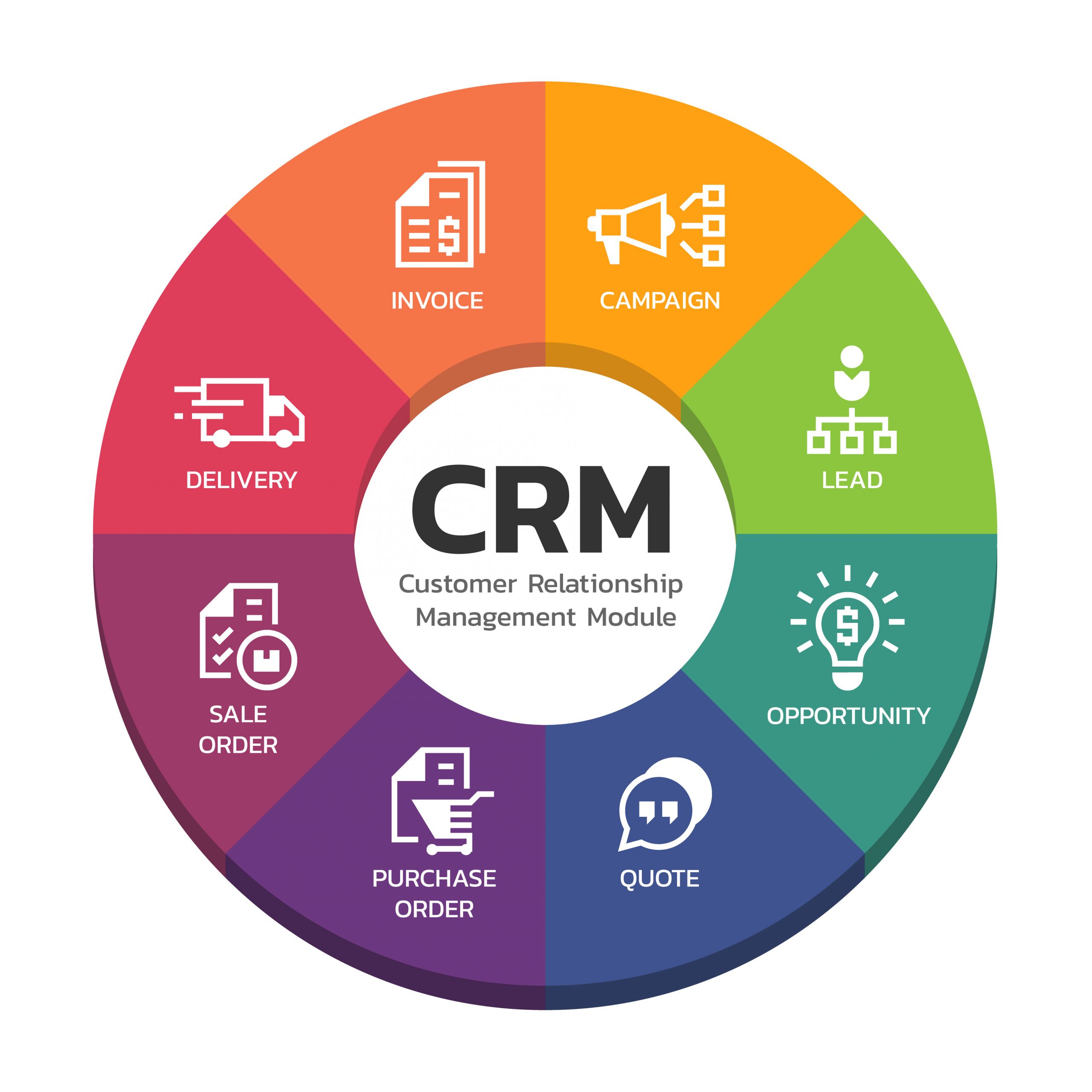Best Practices For Using CRM In Customer Service: Boosting Efficiency And Satisfaction
Best Practices for Using CRM in Customer Service: Boosting Efficiency and Satisfaction

In today's fast-paced business world, it's no secret that Customer Relationship Management (CRM) software has revolutionized the way companies manage their interactions with customers. By adopting best practices for using CRM in customer service, organizations can streamline their operations, improve customer satisfaction, and ultimately, drive revenue growth. In this article, we'll delve into the best practices for using CRM in customer service, highlighting the benefits, key features, and actionable tips to help you optimize your CRM implementation and take your customer service to the next level.
Understanding CRM and Its Importance in Customer Service
Before diving into the best practices, let's first define what CRM is and why it's essential for customer service. CRM software is a tool that helps businesses manage their interactions with customers across various channels, such as phone, email, social media, and more. It provides a centralized platform to store customer data, track interactions, and analyze customer behavior. By using CRM, customer service teams can access a 360-degree view of each customer, enabling them to provide personalized support, resolve issues more efficiently, and build stronger relationships.
Best Practices for Using CRM in Customer Service
- Set Clear Objectives and Goals
Before implementing CRM or evaluating its effectiveness, it's crucial to define clear objectives and goals. What do you want to achieve with your CRM? Do you want to reduce response times, increase customer satisfaction, or boost sales? Establishing specific goals will help you measure the success of your CRM implementation and ensure everyone on the team is aligned.
-
- Choose the Right CRM Software
With so many CRM options available, selecting the right one can be overwhelming. Consider the size of your business, the number of users, and the specific features you need. Think about scalability, user-friendliness, and integration with other tools. Look for CRM software that provides a free trial or demo to help you make an informed decision.
- Implement a Centralized Customer Database
A centralized customer database is the heart of any CRM system. Ensure that all customer data, including contact information, purchase history, and interaction records, are stored in one place. This will enable your customer service team to access the information they need quickly and provide more personalized support.
- Use CRM to Automate Routine Tasks
CRM software can automate many routine tasks, freeing up your customer service team to focus on more complex issues. Consider automating tasks such as:
- Data entry: automate data entry to reduce errors and save time.
- Follow-up emails: automate follow-up emails to ensure customers receive timely updates.
- Lead assignment: automate lead assignment to ensure the right person is assigned to each lead.
- Leverage Reporting and Analytics
CRM software provides valuable insights into customer behavior and preferences. Use reporting and analytics to:
- Track customer interactions: monitor the number of interactions, channels used, and response times.
- Identify trends: identify patterns and trends in customer behavior to improve support.
- Measure performance: measure the performance of your customer service team, including response times, resolution rates, and customer satisfaction.
- Provide Multichannel Support
Today's customers interact with companies through multiple channels, including social media, phone, email, and live chat. Use CRM to provide multichannel support and ensure that your customer service team can respond to customers on any channel.
- Train Your Team
CRM software is only effective if your team knows how to use it. Provide comprehensive training to ensure your team understands the features and benefits of CRM. Encourage them to ask questions and provide feedback to improve the CRM implementation.
- Continuously Monitor and Evaluate
Best practices for using CRM in customer service are not a one-time task. Continuously monitor and evaluate your CRM implementation to identify areas for improvement. Gather feedback from your team and customers, and make adjustments as needed.
Benefits of Implementing Best Practices for Using CRM in Customer Service
By implementing best practices for using CRM in customer service, organizations can experience numerous benefits, including:
- Improved Customer Satisfaction: By providing personalized support and resolving issues more efficiently, companies can improve customer satisfaction and loyalty.
- Increased Efficiency: CRM automation can reduce the time spent on routine tasks, freeing up the customer service team to focus on more complex issues.
- Enhanced Collaboration: CRM software can improve collaboration between teams, ensuring that everyone has the same information and is working towards the same goals.
- Data-Driven Decision Making: CRM reporting and analytics can provide valuable insights into customer behavior, enabling companies to make data-driven decisions and optimize their customer service strategy.
Common Challenges When Implementing Best Practices for Using CRM in Customer Service
While implementing CRM in customer service can be a game-changer, there are common challenges to be aware of, including:
- Change Resistance: Introducing new software can be met with resistance from team members who prefer the old way of doing things. Provide comprehensive training and support to overcome this resistance.
- Data Quality Issues: Poor data quality can affect the accuracy of CRM insights. Ensuring that data is accurate, complete, and up-to-date is crucial.
- Integration Challenges: Integrating CRM with other tools and systems can be complex. Consider hiring a consultant or using a CRM that provides pre-built integrations.
Conclusion
In conclusion, implementing best practices for using CRM in customer service is essential for organizations that want to stay ahead of the competition. By setting clear objectives, choosing the right CRM software, implementing a centralized customer database, and leveraging reporting and analytics, companies can improve customer satisfaction, increase efficiency, and drive revenue growth. Remember that CRM is a journey, and continuously monitoring and evaluating your implementation is critical to ensuring its success. By following the best practices outlined in this article, you can unlock the full potential of CRM and take your customer service to new heights.
Comments
Post a Comment